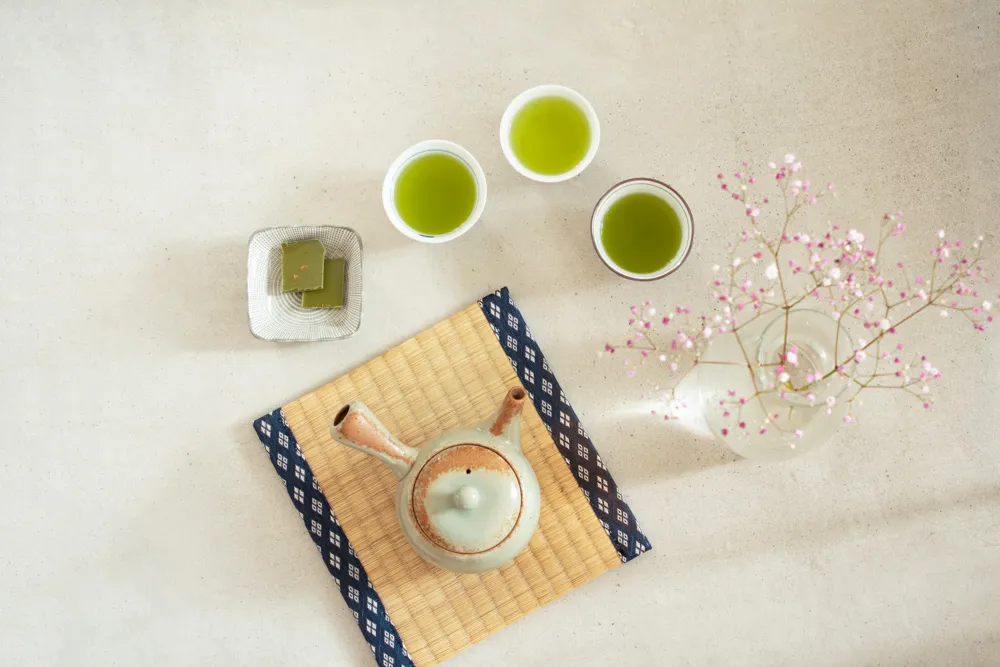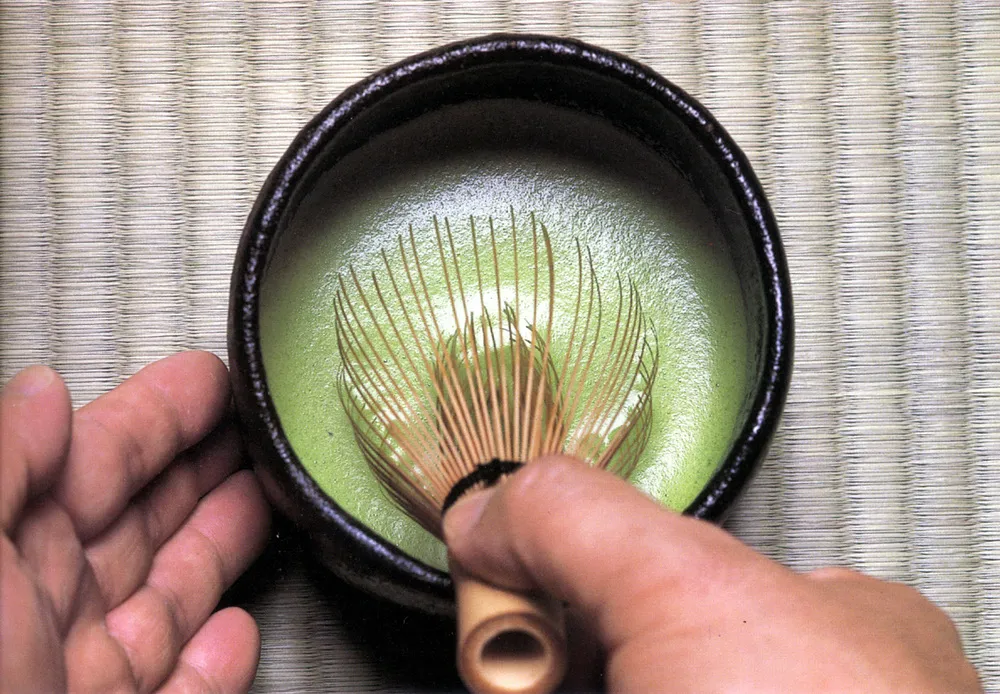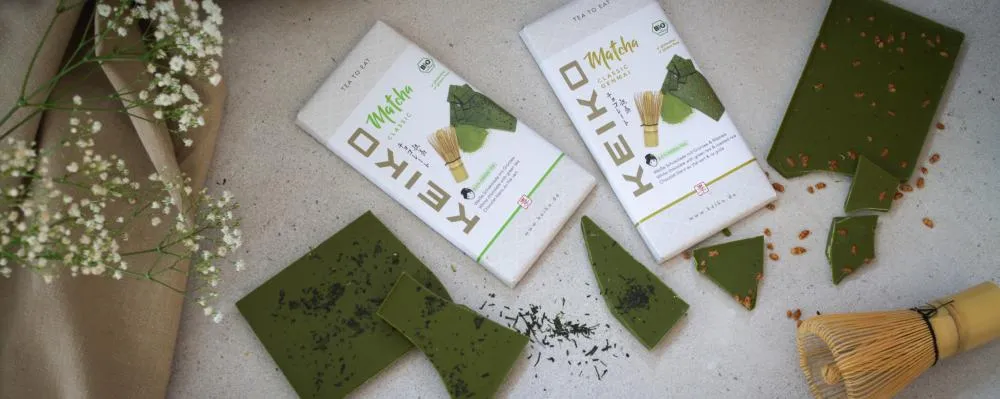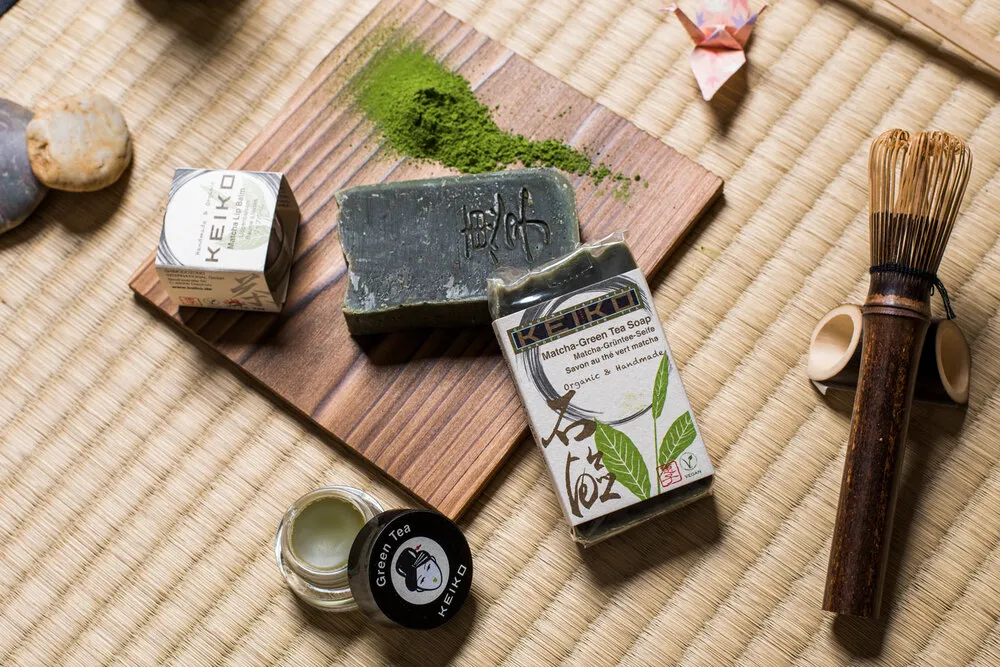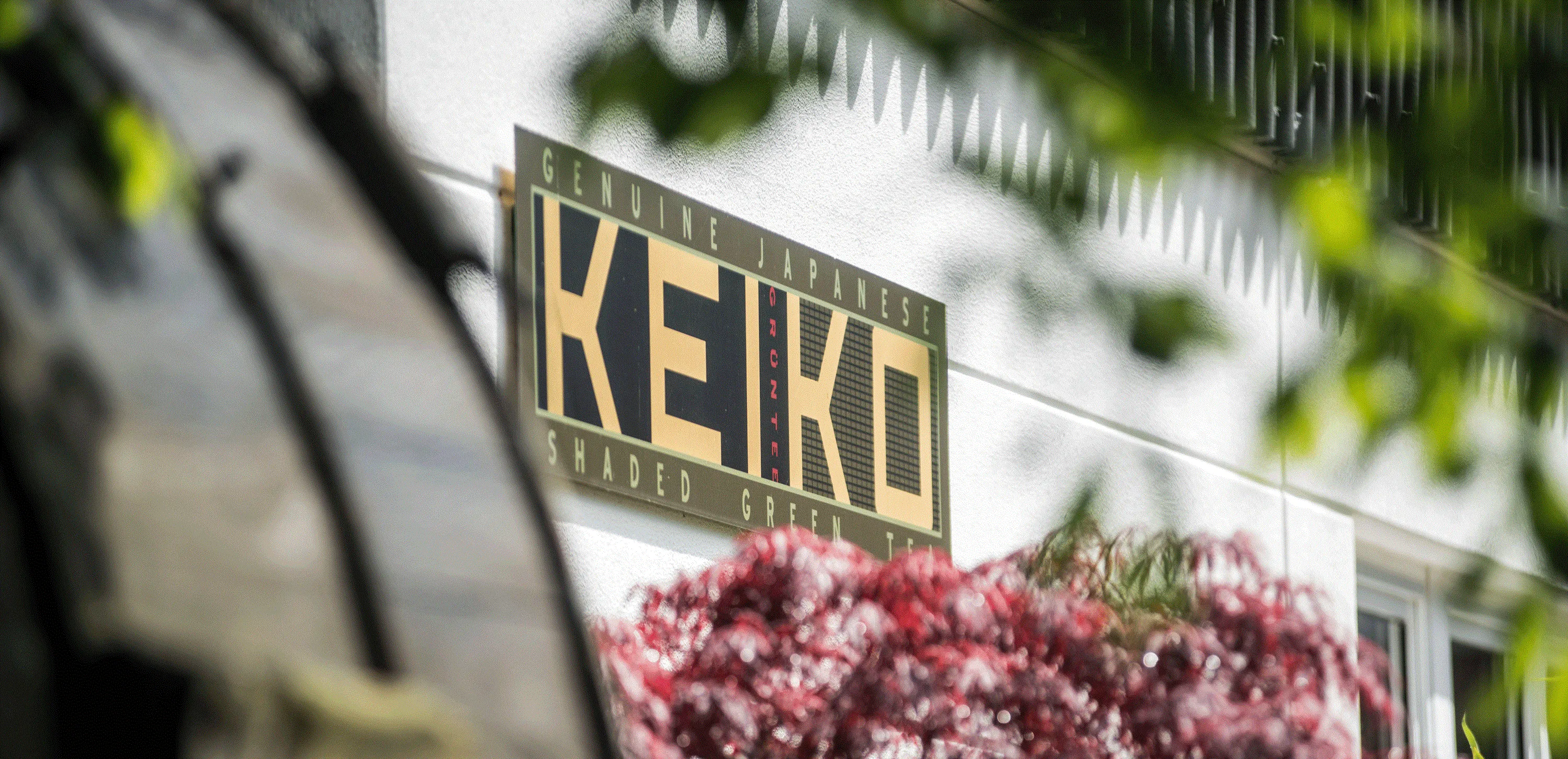The benefits and active ingredients of green tea
Green Tea is a delicacy. It harbors a wide range of flavors and moreover a wealth of valuable ingredients. In Japan the traditional tea ceremony has developed around this beverage, shaping and influencing the country’s culture significantly until today. In traditional Chinese medicine the tea plant has been appraised as a holistic medicinal plant for over 5.000 years.
KEIKO tea convinces not only with its taste, but has also proven exceptionally rich in valuable antioxidative ingredients. Try for yourself which of the KEIKO teas you like best. We will happily assist you in finding your perfect tea-match and explain its holistic properties. However we would like to emphasize, that we have no medical training and can only offer advice based on our own research, analyses and experiences.
Caffeine/Theine
- Known for improving concentration and having stimulating effects over a longer term than the caffeine contained in coffee while being less agitating.
- Easily digestible compared to the caffeine in coffee as it does not dissolve in the stomach but only later in the intestines.
- Green tea from the second picking has the highest content of caffeine.
- Caffeine dissolves less quickly in cold infusion.
Catechins/Flavonols
- Flavonoids with antifungal and antibacterial properties, which are secondary plant substances.
- Green tea contains various types of catechins, with epigallocatechin gallate (EGCG) and methylated epigallocatechin gallate (3''Me-EGCg) being the most important. The content can vary greatly depending on the variety, processing technique and storage of the tea.
- As tannins, they produce an astringent flavour
- Dissolve better at higher infusion temperatures.
Theanine
- An amino acid predominantly found in the early first harvest.
- L-Theanine is believed to have diverse positive effects, such as on the heart, the nervous system, circulation, and combating high blood pressure.
- The amino acid L-theanine passes the blood-brain-barrier and can quickly access the blood circuit and the central nervous system where it stimulates the production of dopamine and noradrenaline.
- Dopamine is an organic chemical which is naturally emitted when the body anticipates a reward or pleasure and enhances the mood and motivation.
- It generates a sweet, soft aroma with less bitterness.
- It dissolves best at low infusion temperatures.
Vitamin C
- KEIKO Teas have a 3-7 times higher vitamin C content than lemon juice (according to analyses by the Lippe University of Applied Sciences).
- Heat-sensitive, best absorbed through cold infusion or by consuming the tea leaves.
- Required for the functioning of several enzymes and is important for immune system.
Influencing Factors
Green tea is renowned for its health benefits, yet the majority of its active components are only present in high-quality green tea. From cultivation to the fresh brew in your cup, numerous factors influence the composition and concentration of active agents in the tea, as well as their effects. Explore these factors here:
The Cultivation Region
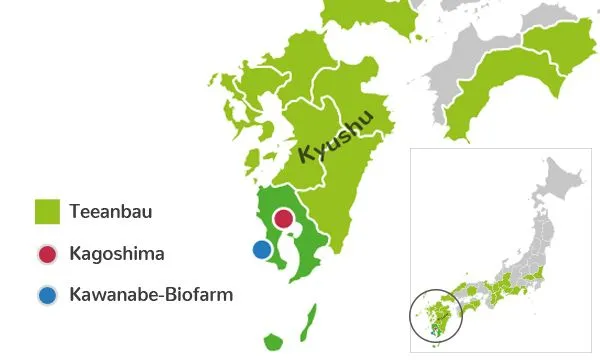
The Cultivar
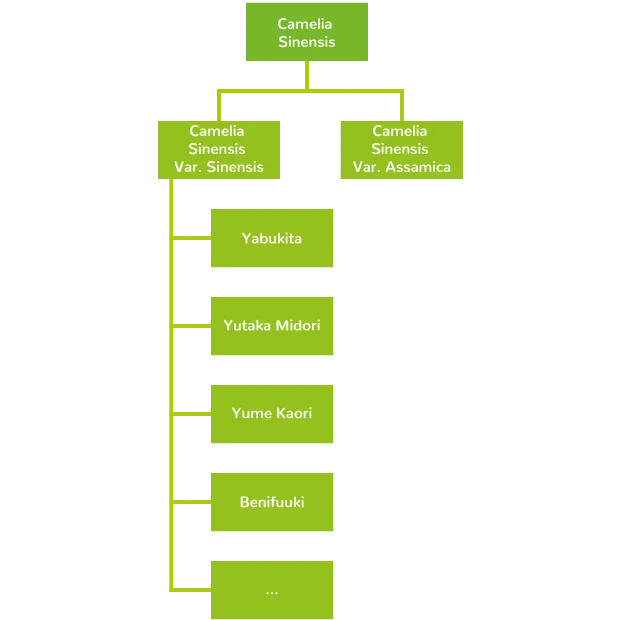
The Camelia Sinensis tea plant is divided into many different cultivars, which can be categorised into the Assamica varieties from India, which are considered classic black tea varieties, and the Sinensis varieties, which originally come from China and are traditionally used for green tea.
In Japan, the Yabukita variety is the most widespread, although most green teas on the market are not single-variety, but are blended with different cultivars to achieve the desired flavour.
The KEIKO Biofarm currently grows 14 different varieties, each with different flavours and characteristics. Both flavour and active ingredient content can vary greatly depending on the cultivar.
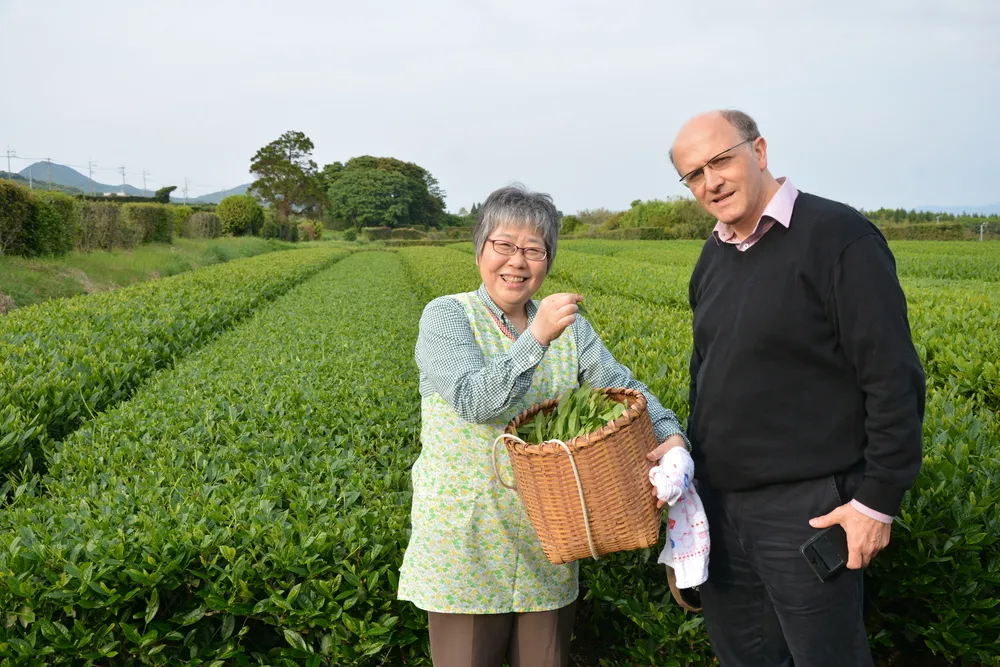
In the much-quoted book „Krebszellen mögen keine Himbeeren“ („cancer cells don't like raspberries ) a tea called „Sencha Uchiyama“ scores highest with an EGCG-concentration of slightly less than 6% of its weight¹. An analysis conducted by Institut Kurz showed a content of 8,9% EGCG for Benifuuki No.2 (Benifuuki No .1: 7,5%, Aki Benifuuki: 6%). Even more striking is the high level of methylated epigallocatechingallate 3''Me -EGCg in comparison to other varieties.
The Time of Picking
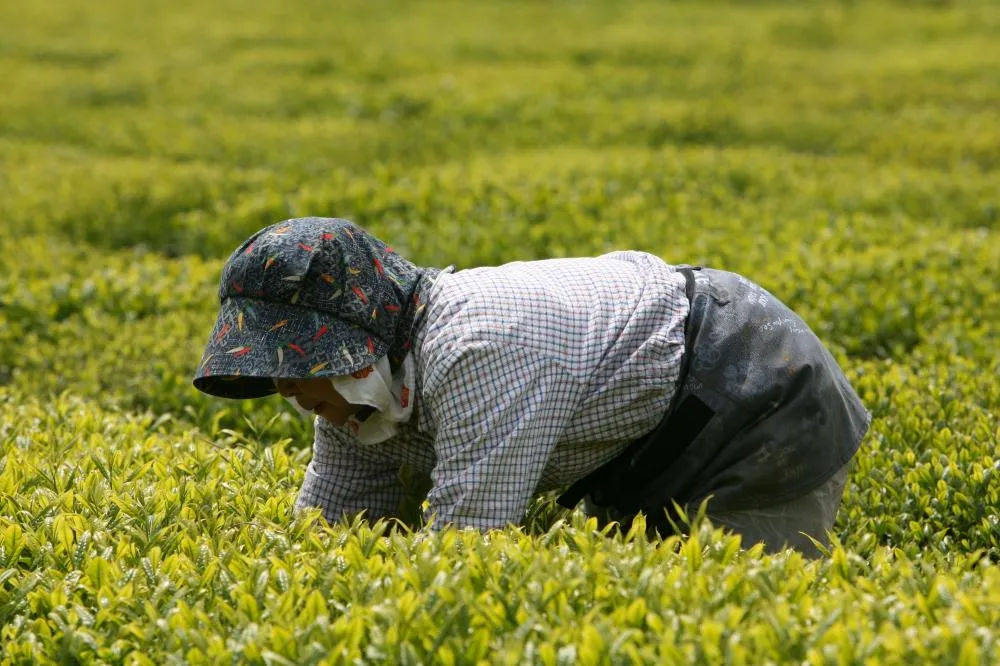
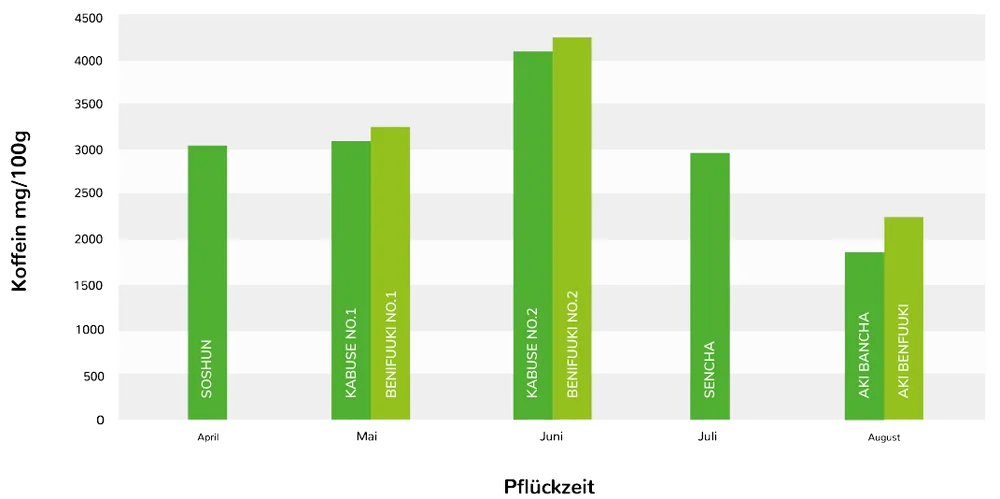
The first picking is characterized by an especially high content of L-theanin. The vitamin C content is also highest in the early pickings, while the caffeine content will increase towards the second picking and then fall again towards the later pickings (see chart based on analyses by Kurz institute).
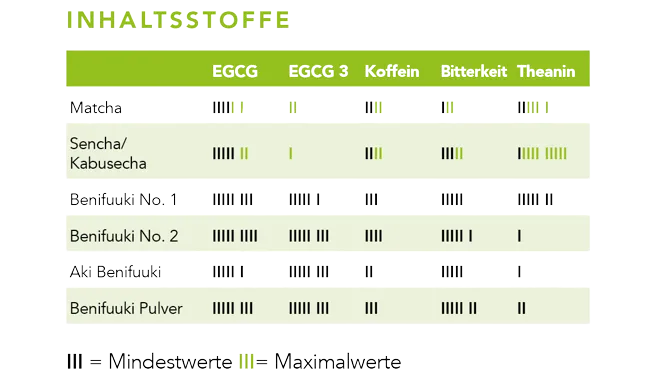
The Preparation
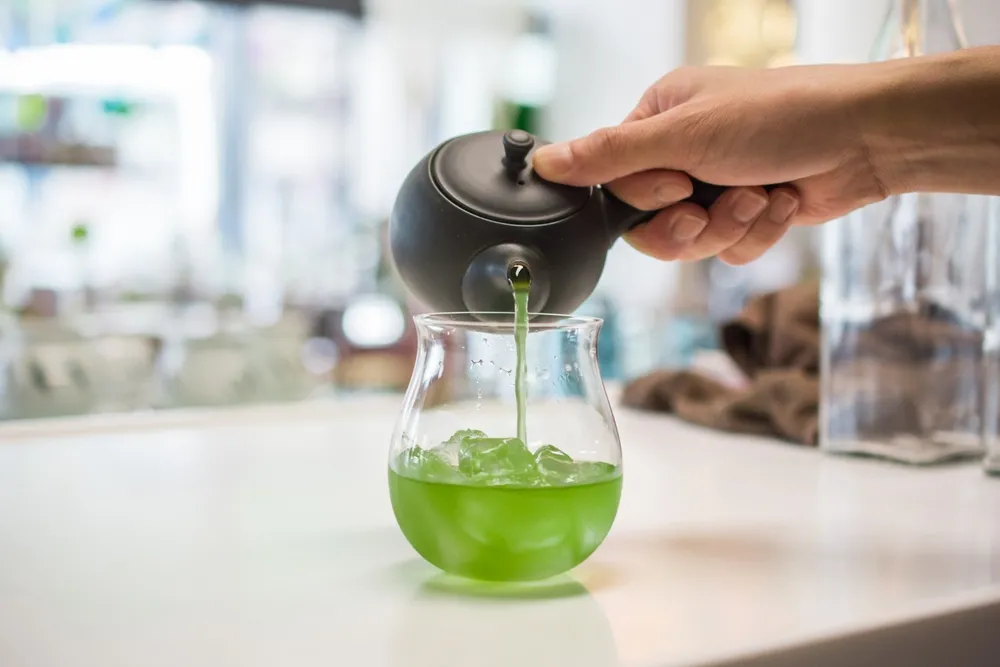
The various active ingredients in tea are released at different infusion temperatures.
While caffeine and the bitter-tasting catechins are mainly released during hot infusion¹ ², a cold infusion contains more heat-sensitive vitamin C and the sweet, soft-tasting theanine. It is often recommended that green tea should be steeped for 8 to 10 minutes or even simmered to allow the active ingredients to fully develop.
Our recommendation on this is different: although the extract content is higher due to the high temperature and the longer infusion time for individual active ingredients, further infusions of the tea are hardly possible and the tea loses its fine flavour.
A shorter infusion time at an appropriate temperature, on the other hand, allows up to five infusions, so that the active ingredient content is spread over several tasty portions. In addition, more of the heat-sensitive active ingredients are retained.
However, not all of the nutrients and active substances in sencha are actually absorbed when drinking tea. Around 70% of the valuable and healthy substances are not water-soluble and remain in the tea grounds (this value can vary depending on the variety and degree of steaming).
Find out more about the correct tea preparation and the use of the valuable tea grounds here.
The Storage
To preserve the ingredients of the tea in the best way possible we recommend storing the tea cool, dark and dry.
If you keep a stash of tea you can store the unopened packages in the freezer for extra durability. In this case let the package sit until it has reached room temperature before opening. Once opened stroke out excess oxygen from the pouch, seal well and store in the fridge to avoid oxidation.
KEIKO teas are imported from Japan in temperature-controlled cool containers and stored cooled in our warehouse until shipping.
Sources
1 Béliveau, R. et al „Krebszellen mögen keine Himbeeren“ Kösel 2016; 135-155
2
Tscherch, K. et al „Einfluss verschiedener Anbau- und
Extraktionsbedingungen auf die antioxidative Kapazität ausgewählter
Tee-Sorten“ Universität Hamburg 2012

